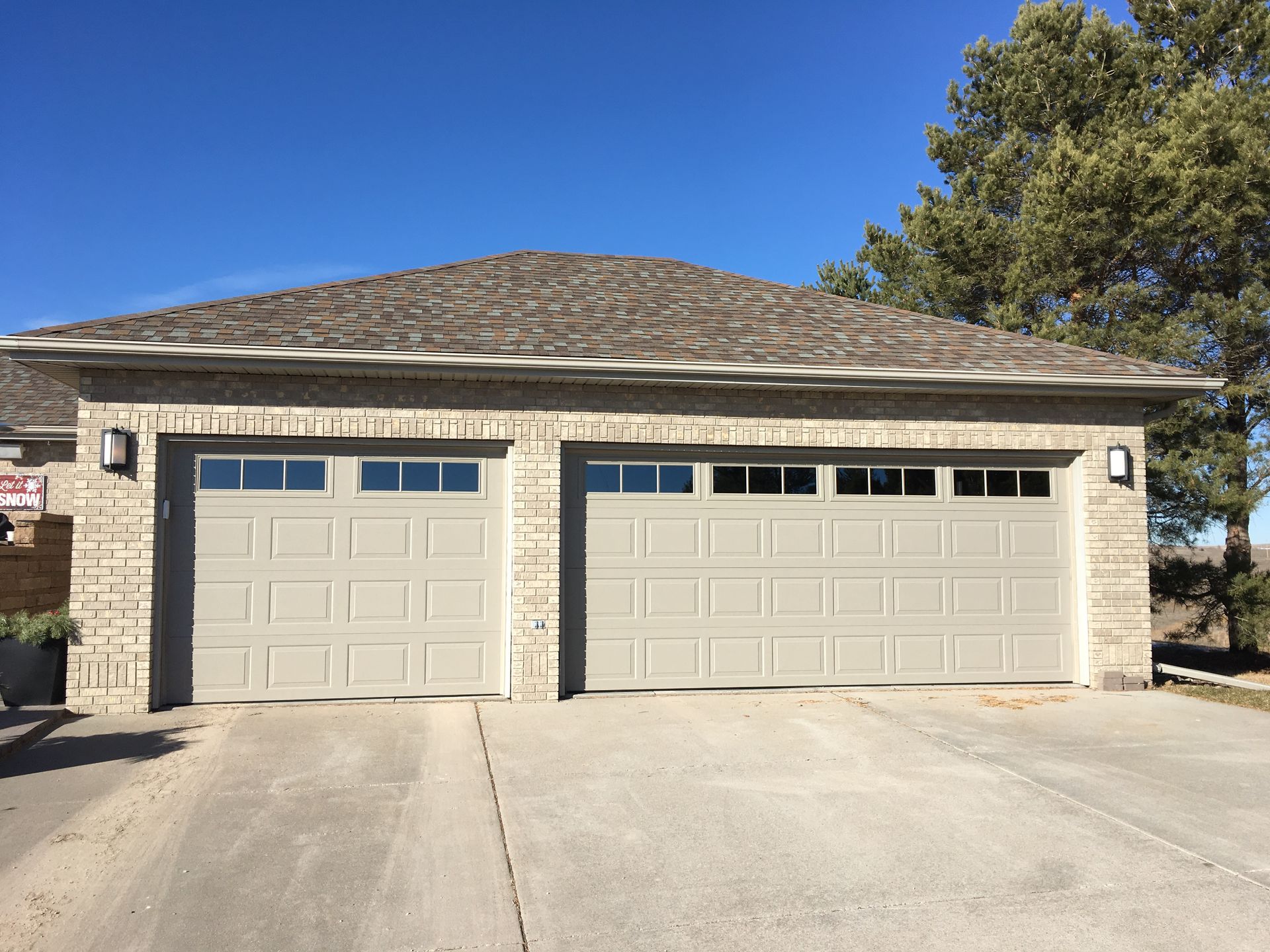The color of your roof affects more than just the look of your home—it can influence your energy efficiency and comfort. Let’s dive into the science of roof colors to determine which one is best for your climate.
How Roof Color Affects Heat Retention and Cooling
Roof color has a direct impact on how much heat your roof absorbs. Darker colors, like black, trap heat, warming your home, while lighter roofs, like white, reflect sunlight and help maintain a cooler indoor temperature.
Climate Considerations: When to Go Light or Dark
The best roof color for your home depends on your local climate conditions:
- Hot Climates: Opt for white or lighter roofs to reflect heat, lower indoor temperatures, and save on cooling costs.
- Chilly Climates: In cold climates, darker roofs absorb more sunlight, helping to keep your home warmer and reducing heating costs.
- Mild Climates: In regions with moderate climates, you may opt for neutral or slightly darker tones, depending on your home’s insulation and energy efficiency requirements.
How Roof Colors Affect Energy Efficiency and the Urban Heat Island Effect
White roofs are especially effective in reducing the urban heat island effect—where city areas experience higher temperatures due to dark surfaces like asphalt and roofs. By reflecting sunlight, white roofs can contribute to cooler city temperatures and lower energy consumption on a larger scale.
Weathercraft’s Tips for Choosing the Right Roof Color
Here are some key factors to consider when choosing your roof color:
- Weather Conditions: Keep your local climate in mind when choosing a roof color.
- Roof Material Compatibility: Make sure your roofing material works well with the color you choose.
- Home Aesthetic: Consider how the roof color will blend with your home’s exterior for a harmonious appearance.
- Energy Savings: Weigh the initial cost against future savings on energy bills.
Weathercraft’s experts are here to help you select the best roof color and material for your home and budget.
